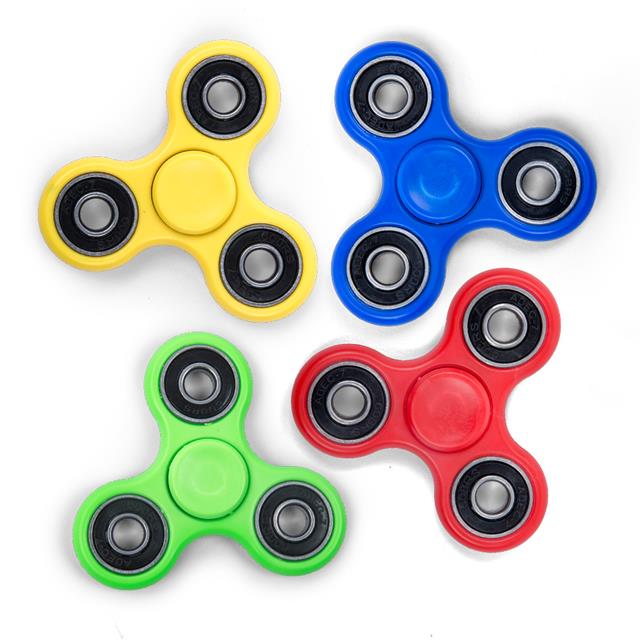Everywhere we see the 'ball bearings'. What is this device for? Let us explore.
Imagine a big drum filled with water standing erect. Try to move it. Only with great difficulty, you can start moving it. That is what is called static friction. Once it starts moving, it is slightly easy to maintain the motion-called sliding friction. But if you roll the drum, it is very easy. Hence rolling friction is less than all the other frictions. That is why car rolls instead of sliding. Also, in every movable object, wheels are used. Examples, suitcase, executive chair, hospital beds etc.
In a ball bearing, there are two steel rings-inner ring and outer ring-called races. Between them, steel balls are placed in special enclosures.
1. The balls between the rings are free to roll. And the rolling friction is always less.
2. The balls touch the rings at small points. The area of contact is less and the friction is less. Recollect, the area of contact is large in a vertically standing drum.
3. Suppose, no balls between the rings, the rings will slide against each other, creating a lot of friction and heat energy resulting in loss of fuel and efficiency.
The latest toy 'fidget spinner' is a good example of the ball bearing.
4. In a car, the 'ball bearing' is mounted between the shaft and the wheel. Now the wheel can rotate with less friction.
It is because:
The work-load passes from the outer ring to the inner ring through the steel balls. The balls mainly bear the load. Hence the name 'ball bearing'. It can be compared to the car tyre which bears the load.
--------------------------------------------------------------------------------

